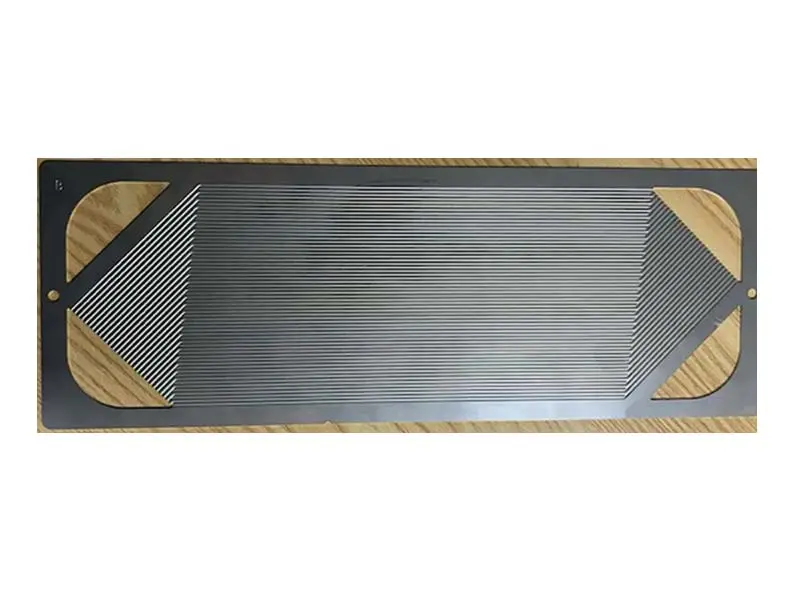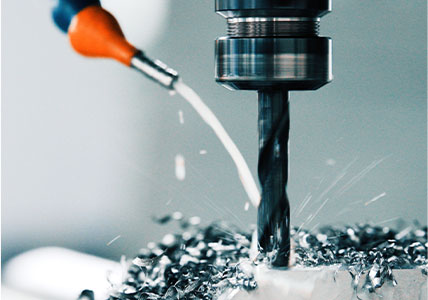

Etching is used in microfabrication to remove layers chemically from the wafer surface during the fabrication process. Etching is an incredibly important process module, and each wafer undergoes many etching steps before it is completed.
In traditional sheet metal processing techniques, complex parts are more expensive to tool and more expensive to machine in non-standard materials, thicknesses and grades.
The geometrical sophistication and precision tolerances provided by chemical etching make it not only an ideal manufacturing process, but in some cases, the only technology applicable to mission or safety critical metal parts.
Etching is the technique of removing material using a chemical reaction or physical impact.
Stainless steel, brass, copper, nickel, and other hard metals can all be utilized in the chemical precision etching process to make complicated, finely detailed pieces. In this procedure, an acid etchant is used to selectively remove material from the surface of the material being etched. This subtractive manufacturing technique is known as chemical etching. Chemical precision etching is a great option for generating highly precise parts for a variety of industries since it can produce incredibly precise and intricate forms and components.
Let us be your resource to determine which manufacturing processes are right for your project. Start your project with a free quote.



